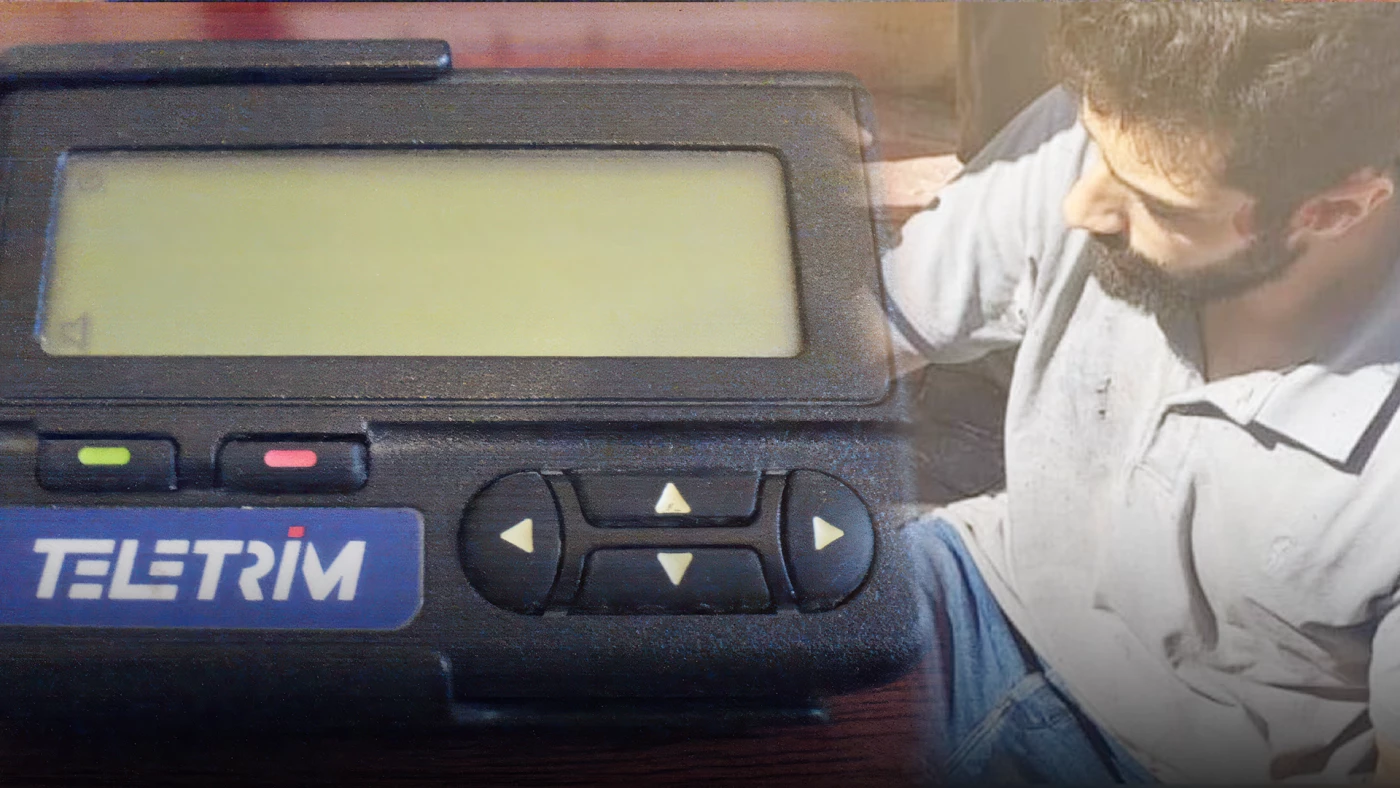BEIRUT & DUBAI - A series of cyber attacks have reportedly targeted pagers used by Hezbollah members, resulting in numerous explosions and widespread injuries across Lebanon. Eight people have died and over 2000 others were injured when their communication devices, specifically pagers, were compromised and detonated.
"Earlier this afternoon, dozens if not hundreds of pagers exploded at the same time resulting in dozens if not hundreds of injuries," The New Region's reporter in Beirut said, adding that the pagers are reported to belong to Hezbollah members.
The New Region's reporter added that no reporter is allowed to enter the hospitals due to the sensitivity of the matter.
Speaking to reporters, Lebanese health minister said that eight people had died and around 2750 people were wounded in the attack, adding that of the wounded, 2100 are in a critical condition and are admitted to 100 hospitals country-wide.
Footage circulating on social media show the moment several pagers exploded after the alleged cyber attack. The attacks, which targeted various locations throughout Lebanon, caused panic and confusion, leading the Lebanese Ministry of Health to issue an urgent warning. The ministry urged all citizens who own pagers to immediately discard them to avoid potential harm.
Lebanon's Minister of Health announced that hundreds have been injured in the explosions caused by the compromised pager devices across the country, as emergency services work to manage the rising number of casualties. According to Reuters, over a thousand people have been injured as a result of the wireless device explosions carried by Hezbollah members.
Ambulances carrying wounded people continue arriving at Beirut's AUBMC Hospital after what appears to be a coordinated cyber attack targeted pagers belonging to hundreds of Hezbollah members - #TheNewRegion's reporter in #Beirut pic.twitter.com/hMnO0lzYyW
— The New Region (@thenewregion) September 17, 2024
Speaking to The New Region, Tofiq Shawqi, one of many who have rushed to the hospital in Beirut to donate blood, said that the hospitals are overcrowded.
"There are a lot of people inside and a lot of people have come to donate blood but now they need O positive and O negative more than anything as there are a lot of people still being brought to the hospital," he said.
Security sources informed Reuters that the communication devices that exploded were part of a recent shipment supplied to Hezbollah members, suggesting the cyber attack targeted a newly received batch of equipment.
The Iranian Mehr News Agency reported that Iranian Ambassador Mojtaba Amini, stationed in Lebanon, was among those injured in the attacks after his pager was compromised. His condition is currently unknown.
Meanwhile, in Syria, preliminary reports indicate that a wireless communication device carried by a Hezbollah member exploded while he was in a car near the Al-Muwasat Tunnel in Damascus. The blast injured four people, with some in critical condition, according to the Damascus Police Command.
International sources, including Reuters, confirmed that at least 10 Hezbollah members were injured in the incidents in Lebanon, with the number of casualties expected to rise as more details emerge.
The Lebanese Ministry of Health is currently mobilizing its efforts to treat those injured in the pager explosions and has activated emergency response teams to deal with the fallout. Citizens are advised to avoid using pagers until further notice.
#TheNewRegion’s lenses capture the scene near the AUBMC Hospital in #Beirut after a reported cyber attack targeted hundreds of pagers allegedly belonging to Hezbollah members, initial reports indicate over a thousand wounded pic.twitter.com/yA3pgdLOYP
— The New Region (@thenewregion) September 17, 2024
This incident has raised questions about the security and continued use of pagers, a device that was considered revolutionary in the 1990s.
Pagers, small wireless devices that allow the user to know who is calling without the ability to respond, were first produced by Motorola in the 1960s. Over the decades, they have been adapted and developed by various companies, including RIM, which helped popularize the device.


 Facebook
Facebook
 LinkedIn
LinkedIn
 Telegram
Telegram
 X
X



